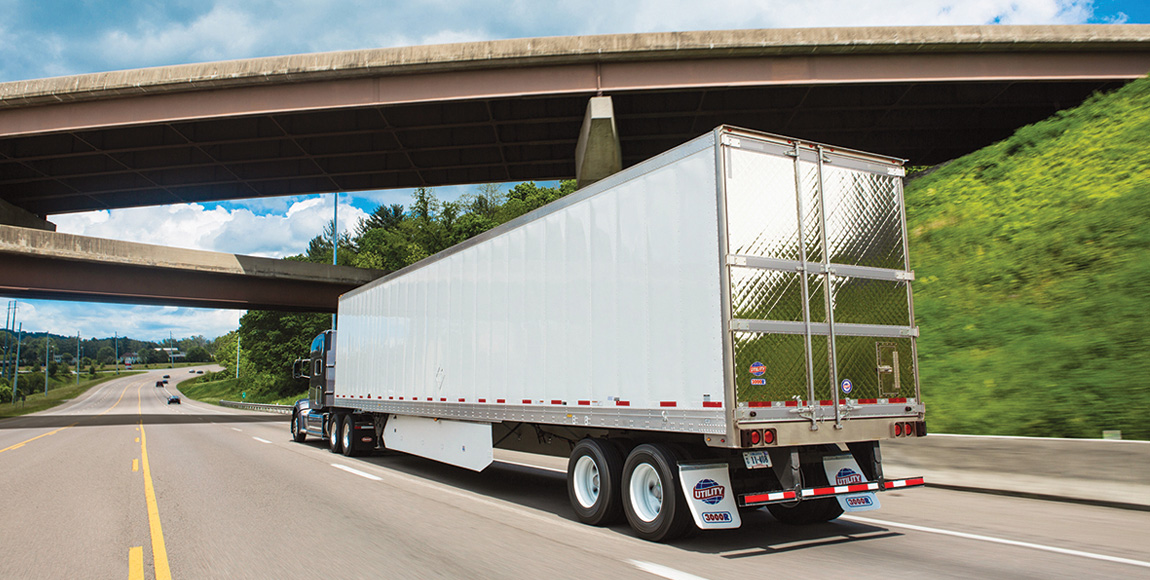Coupling old trailers to new truck tractors

There are many items to check on older trailers to ensure that they are in a roadworthy condition and will not damage a new truck or truck tractor
I was prompted to write this article following a recent call from an accredited used-truck dealer, who had sold a used 6×4 truck tractor to a customer. Two weeks after taking delivery of the vehicle, the customer contacted the dealer complaining that the truck that he had bought – with a warranty – had developed a brake shudder on the front brakes. He demanded that the vehicle be repaired by the selling dealer.
The used-truck dealer immediately dispatched one of his technicians to go and investigate the problem and found that the trailer brakes were not working. The dealer called me, wanting to know if this could be the cause of the brake shudder on the front brakes of the truck tractor.
In my opinion the trailer brakes not working would have resulted in the truck tractor doing all the braking – and the cause of the problem.
It is important that an old trailer is not coupled to a new or reconditioned truck tractor before checking that the trailer, itself, is in a roadworthy condition, and that all safety-critical items and components are thoroughly checked:
• Brakes need to be checked to ensure that they are working, in a good condition and in harmony with the truck’s braking system.
• Brake linings and brake drums must be carefully checked.
• The slack adjustors on the trailer need to be the same as the slack adjustors on the truck. (Don’t mix automatic slack adjustors with manual ones.)
• The trailer load-sensing valve needs to be checked to ensure that it is in good working order and that the connecting linkage is properly secured.
• Brake boosters must be the same on all axles of the trailer and correctly fitted and adjusted.
• All moving parts in the brake system need to be well lubricated and in good condition.
Other components on the trailer that must be checked are the trailer kingpin, rubbing plate, wheel alignment, electrics and landing gear.
• The trailer kingpin must be checked for wear and replaced if worn.
• If the semi-trailer rubbing plate is scored, buckled or badly worn it will very quickly damage a new and expensive fifth wheel, which will have to be replaced.
• Faulty trailer wheel alignment affects the rolling resistance of the rig, which, in turn, increases fuel consumption, and therefore the operating costs of the unit.
• Poor electrical couplings, fittings and wiring can lead to serious damage on the truck tractor, especially on the modern trucks that are fitted with advanced electronics.
• Trailer landing gear must be checked to ensure that it is in proper working order and that all the securing bolts are fitted and properly tightened.
In conclusion, always check that there is sufficient swing clearance behind the cab to allow the trailer to swing without hitting the cab. Also check that the fifth wheel is in the correct position to ensure that the mass distribution of the rig is correct and that none of the axles on the rig are overloaded or underloaded.
Published by
Vic Oliver
focusmagsa




